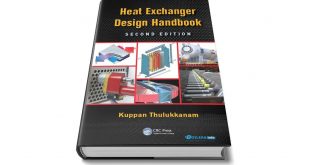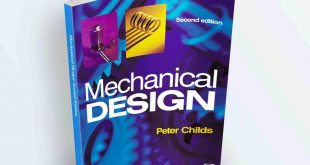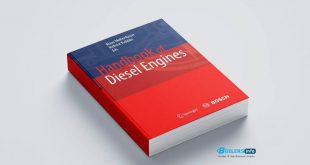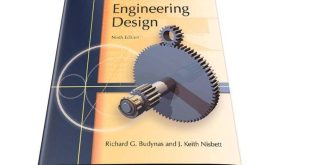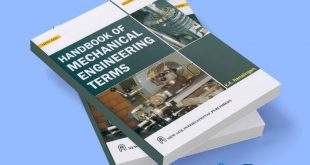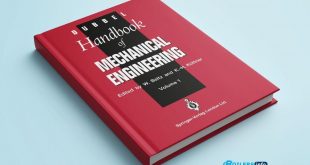🛠️ Engineering Guide to Spring Design
Springs are essential mechanical components used in countless applications—from automotive to aerospace, industrial machinery to consumer products. The art and science of spring design require a careful balance of mechanical performance, material selection, reliability, and cost-effectiveness. This comprehensive guide explores the critical aspects of spring design to help engineers make informed decisions.
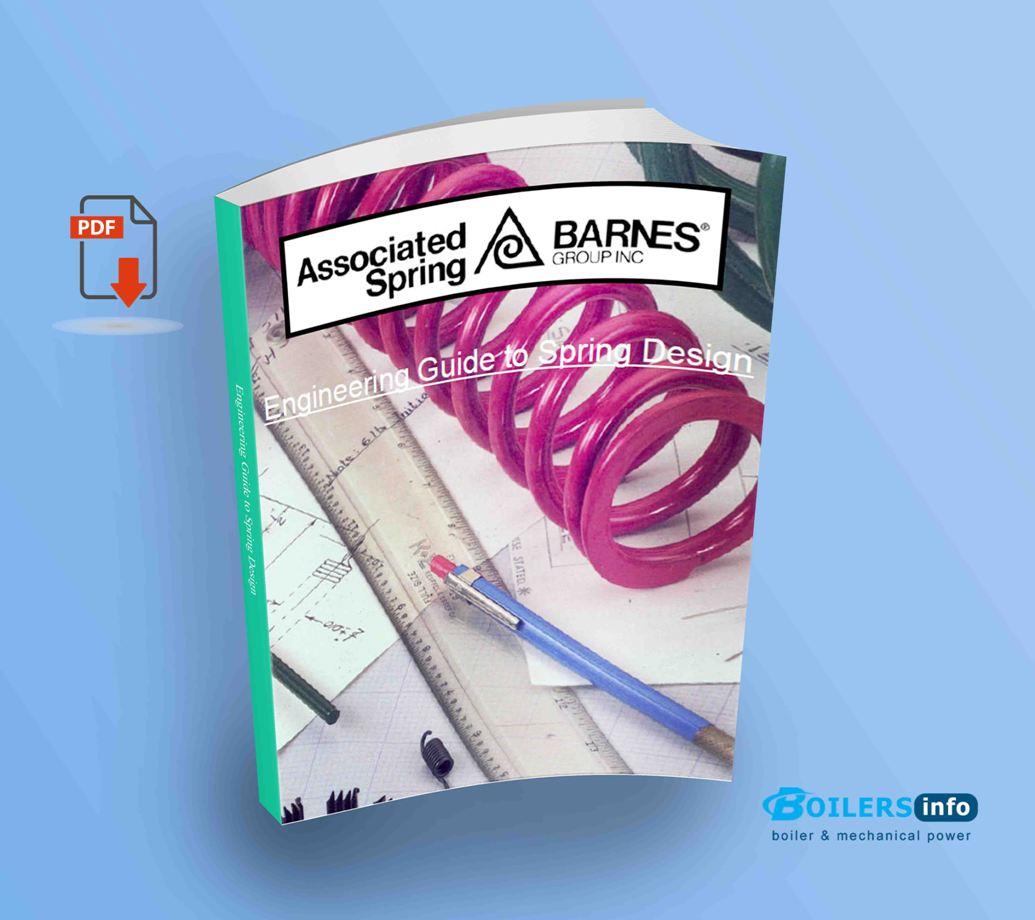
🔄 Selecting the Right Spring Configuration
Springs come in diverse configurations based on the type of force or motion they are intended to handle:
- Push (Compression Springs): Store energy when compressed; commonly used in valves, suspensions, and mechanical seals.
- Pull (Extension Springs): Store energy when extended; often used in levers, trampolines, and balance mechanisms.
- Twist (Torsion Springs): Store energy through rotational motion; typical in clothespins, hinges, and garage doors.
- Energy Storage Springs: Power devices like wind-up toys, clocks, and seat recliners.
Choosing the right configuration depends on the motion required, load type, space limitations, and desired durability.
🧪 Spring Materials and Mechanical Properties
Material selection is crucial to ensure strength, longevity, and environmental resistance:
- Common Materials: High-carbon steels (music wire, oil-tempered wire), stainless steel, copper alloys, Inconel, and titanium.
- Key Properties:
- Elastic Modulus: Governs stiffness and deflection.
- Magnetic Characteristics: Important for electronic or sensitive environments.
- Heat Treatment & Stress Relaxation: Ensure material stability under load.
- Corrosion Resistance: Stainless steel or coated springs resist rust in harsh environments.
- Coatings and Finishes: Zinc plating, powder coating, or passivation enhance durability.
For Spring Wire, tensile strength, cost, and availability guide the selection. For Spring Strip, focus on formability, edge quality, and consistent strength.
💪 Residual Stress, Fatigue, and Reliability
Spring life is often limited by fatigue rather than static stress. Key considerations:
- Helical Torsion Springs: Design involves mean diameter, leg length, rate calculation, stress analysis, and natural frequency. Double torsion and rectangular wire options cater to specific needs.
- Residual Stress: Introduced during manufacturing to improve fatigue life.
- Operating Stress: Select levels carefully for both static and cyclic applications to prevent premature failure.
- Tolerances: Control variations in dimensions and spring characteristics.
🔧 Specialized Spring Types and Design Considerations
➰ Retaining Rings
- External & Internal Types
- End configurations and tolerances are vital to ensure proper load retention.
- Design equations focus on radial stress management.
🔩 Belleville Spring Washers
- Provide high load capacity in small spaces.
- Load-deflection curves, stacking strategies, and stress choices must be optimized for static or dynamic use.
🏗️ Flat Springs
- Cantilever beams or simple beam designs require careful stress analysis.
- Tolerances affect load accuracy and service life.
🌀 Special Spring Washers
- Curved, wave, and finger washers handle vibration damping or load distribution.
- Design equations tailor performance to specific applications.
🔋 Energy Storage and Constant Force Springs
⚙️ Power Springs
- Used in clockwork, cable reels, or retractors.
- Stress levels are crucial for power delivery and long life.
🔄 Constant Force Springs
- Deliver near-constant load over extended motion.
- Used in seat belts, counterbalances, and electric motors. Design must balance stress with fatigue tolerance.
🔗 Spiral and Volute Springs
Spiral Springs
- Common in precision instruments (hair springs) and electrical brushes.
- Focus on torque generation and fatigue life.
Volute Springs
- Cone-shaped for progressive load handling.
- Suitable for impact absorption where gradual load increase is beneficial.
🔍 Wire Forms and Load-Carrying Considerations
Wire forms are customized spring shapes without standard coiling. Key factors:
- Load capacity
- Fatigue resistance using Modified Goodman Diagrams and Weibull Analysis
- Minimizing load loss over time.
🔄 Helical Compression Springs
- Widely used due to simple geometry and predictable performance.
- Design equations cover spring rate, stress, buckling, and dynamic behavior.
- Considerations include rectangle wire, variable pitch/diameter, and stranded wire for special applications.
- Commercial tolerances ensure repeatability in mass production.
🔗 Helical Extension Springs
- Include initial tension to provide preload.
- Variety of end types (hooks, loops) for different attachments.
- Design must account for static and dynamic stress.
- Dubbel Handbook of Mechanical Engineering Vol1
🔄 Garter Springs
- Circular springs often used for shaft sealing.
- Joint design and tolerance control are key to performance.
⚙️ Conclusion: Key Takeaways for Spring Design
Spring design is a complex but manageable process when approached systematically. The right spring type, material, and geometry—along with proper stress and fatigue analysis—ensures reliable performance in any mechanical application.
✅ Select configuration based on load and motion.
✅ Choose material for strength, environment, and cost.
✅ Apply precise design equations and control tolerances.
✅ Always consider fatigue, resonance, and reliability.
By mastering these principles, engineers can create high-performance, long-lasting spring systems tailored to virtually any mechanical challenge.
👉 For a downloadable PDF version of this guide, just ask!
 Boilersinfo Boiler and Mechanical Power Digital Library
Boilersinfo Boiler and Mechanical Power Digital Library
